The Quixotic Quest to Find the Fairytale Capital of the World
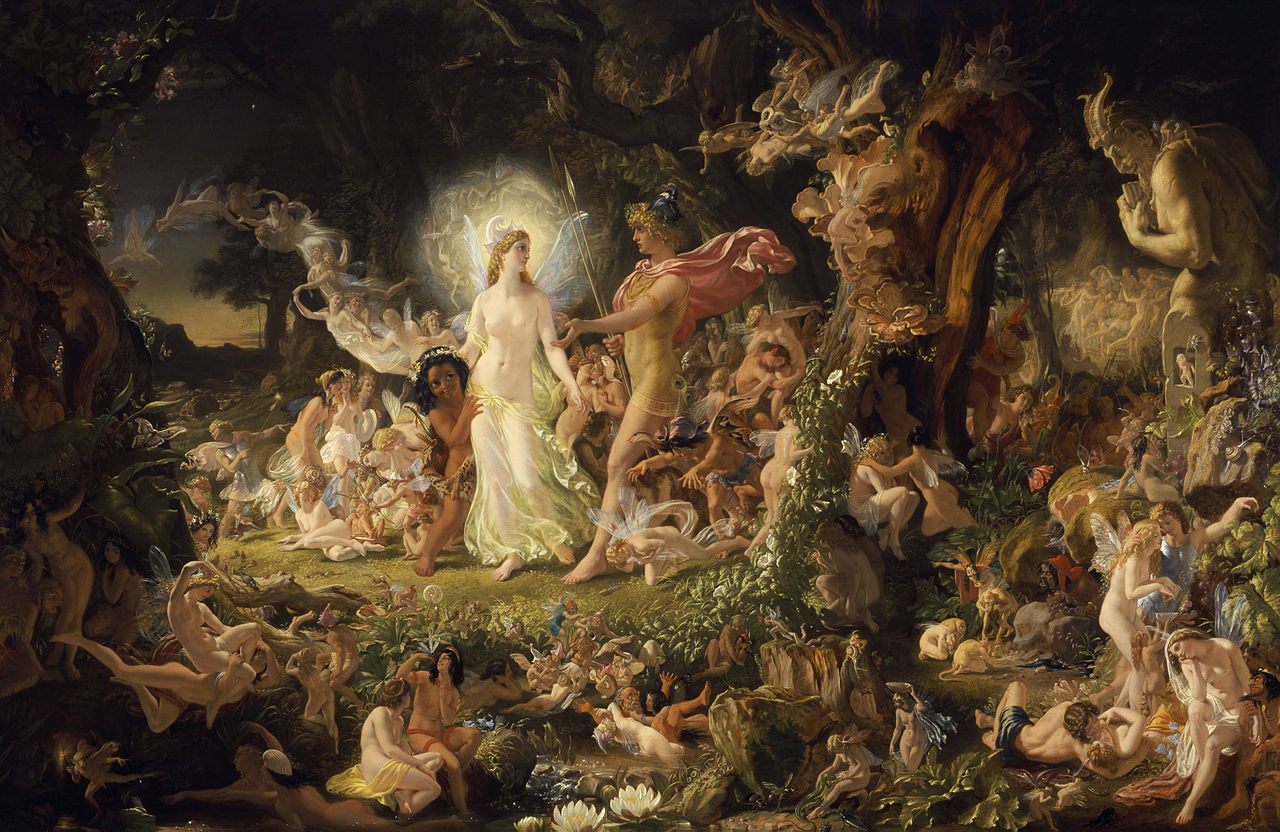
Joseph Noel Paton’s 1849 painting of Oberon and Titania, fairies from Shakespeare’s Midsummer Night’s Dream. (Photo: Public Domain/WikiCommons)
Fairies are renowned for causing mischief, so it is little surprise to discover that the fairytale capital of the world is in dispute. In one corner stands the city of Odense in Denmark (pop. 173,814), the birthplace of fabulous fabulist, Hans Christian Andersen. In the other corner looms the city of Kassel in Germany (pop. 194,087), hometown of the magicians of make-believe, the Grimm Brothers. Who is the rightful fairytale capital of the world?
Andersen’s links to Odense are intense. The writer of countless classic fairytales, including “The Emperor’s New Clothes”, “The Little Mermaid” and “The Ugly Duckling”, was born in a slum in the city, the son of an impoverished shoemaker. He was sent to a school for the poor that he hated and where he was roundly abused by both fellow pupils and teachers alike. The themes of being an outsider and an outcast, themes that suffuse Andersen’s sadder tales, can be traced back to his experiences in Odense. As such the city was instrumental in the creation of his fairytales. Today it is filled with statues of Andersen and his creations.

Hans Christian Andersen’s childhood home in Odense. (Photo: Kåre Thor Olsen/WikiCommons CC BY-SA 3.0)
The Grimms’ relationship to Kassel was quite the opposite. They grew up in a wealthy family and spent their formative years working as linguists in the pay of the King of Westphalia. They began collecting folk tales that they found in the royal library, or which they heard being told amongst their sister’s friends, or Kassel acquaintances such as Dorothea Viehmann, a tavern-owner’s daughter. The brothers compiled and published their first fairytale collection in 1812, unleashing on the world the stories of “Cinderella”, “Rapunzel” and the” Frog Princess”, although these stories have been greatly sanitized by translators and the Grimms themselves. (To give you an idea of the differences, in the original stories Cinderella’s sisters have their eyes pecked out by pigeons, Sleeping Beauty does not have an evil stepmother, and Rapunzel is pregnant). Kassel today lies at the heart of the German Fairy Tale Route, a 370-mile-long tour dedicated to the life and works of the Brothers Grimm.
Interestingly Andersen actually met the Grimms in 1844, although not in Odense or Kassel but in Berlin. It was not a success. As Andersen described it in his autobiography:
“I entered the room, and Jacob Grimm, with his knowing and strongly marked countenance, stood before me.
“I come to you,” said I, “without letters of introduction because I hope that my name is not wholly unknown to you.”
“Who are you?” asked he.
I told him; and Jacob Grimm said, in a half-embarrassed voice, “I do not remember to have heard this name: what have you written?”
It was now my turn to be embarrassed in a high degree; but I now mentioned my little stories.
“I do not know them,” said he; “but mention to me some other of your writings, because I certainly must have heard them spoken of.”
I named the titles of several; but he shook his head. I felt myself quite unlucky.”
Awkward introductions aside, Andersen and the brothers were eventually reconciled and became great friends. Alas the same cannot occur between Odense and Kassel. While there can be many great fairytale writers, there cannot be two fairytale capitals of the world.
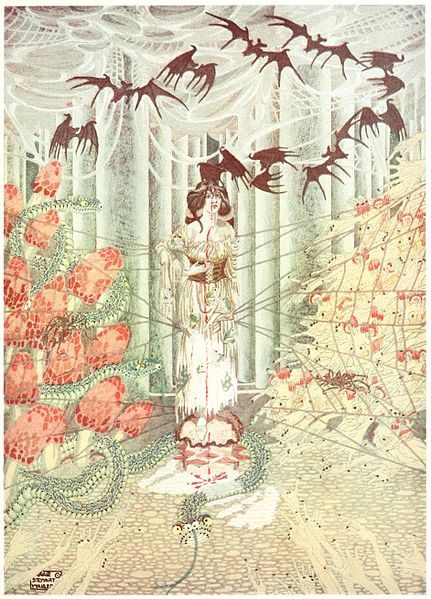
An illustration from Fairy tales from Hans Christian Andersen, 1914. (Photo: Public Domain/WikiCommons)
In order to discover the true fairytale capital of the world, it seems only sensible to try and discover where fairies themselves come from, and follow the pixie dust to what they call home. Fortunately while descriptions of nymphs, jinni and angels stretch back millennia, the term “fairy” dates only as far back as the Middle Ages. It is first mentioned in the Old French epic poems known as the chanson de geste (“song of deeds”). In the epic known as Huon of Bordeaux, a 13th Century knightly romp, Huon is set a series of seemingly impossible tasks which he achieves with the assistance of the fairy king, Oberon. In this poem fairyland is described as existing just beyond Palestine. Other chansons suggest it is more in the vicinity of Persia.
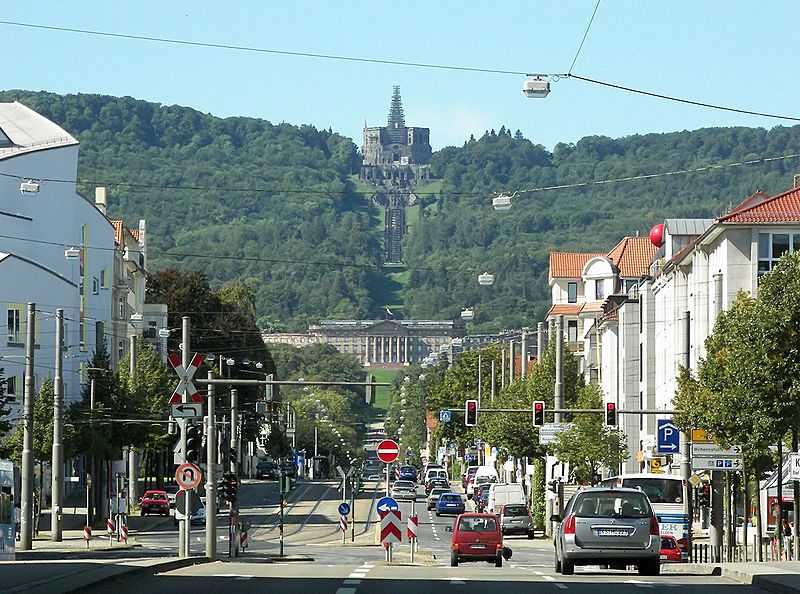
Kassel, Germany, home of the Brothers Grimm. (Photo: Nikanos/WikiCommons CC BY-SA 2.5)
In A.C. Hamilton’s monumental encyclopedia on the granddaddy of fairy writing, Edmund Spenser, Hamilton explains that fairyland is constantly changing position because “Fairyland exists just beyond the boundaries of the known.” As knowledge of the world was constantly changing in the Middle Ages, fairyland itself kept moving. One moment it was near the Caspian Sea, the next by the Pacific. In fact fairyland tended to be located near whatever new land had recently been discovered. As Columbus discovered America and Magellan circumnavigated the globe, fairyland receded farther and farther away. Up to a certain point it had been possible to ride or sail to fairyland, but soon fairyland drifted out of reach, towards the stars, or as the poet Samuel Taylor Coleridge wrote, to some place deep within: “Faery is a place of the mind, a place of knowledge and perception, a place where spirit and love are known and experienced.”
In other words, fairyland was nowhere at all.
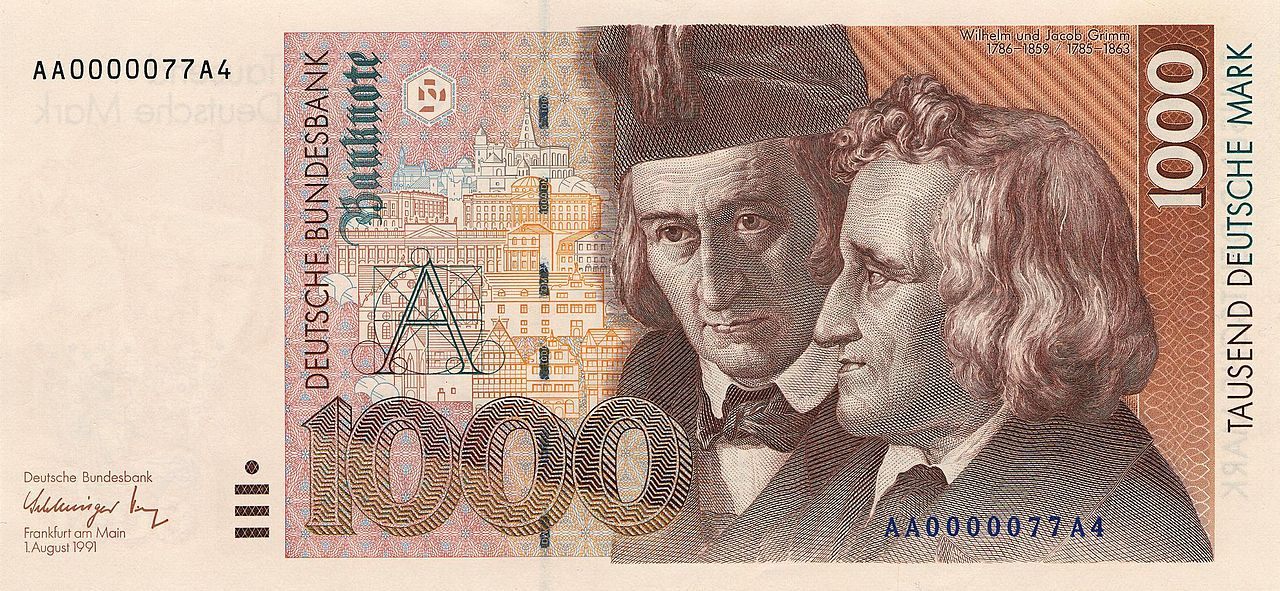
The Brothers Grimm and historic buildings of Kassel on the last 1000 DM banknote. (Photo: Public Domain/WikiCommons)
As such neither Odense nor Kassel, both of which are definitely somewhere, seem entirely suitable to be titled the Fairytale Capital of the World. Fortunately one other place is. Or rather, it isn’t.
Buxtehude in northern Germany (pop. 39,777) labels itself the Fairytale Capital of the World, but is rather overshadowed by Kassel and Odense. Its claim to the title rests largely on the fact that it is mentioned by name in a number of German fairytales, like in the Brothers Grimm’s “The Hare and the Hedgehog”.

Buxtehude, Germany, a claimant for ‘Fairy Tale Capital of the World’. (Photo: Arne Hückelheim/WikiCommons CC BY-SA 3.0)
In itself, this would offer little weight to its claim. However because of Buxtehude’s use as a backdrop for the fantastical, the town’s name has itself come to mean a faraway, imagined place. A German saying—“nach Buxtehude jagen”, “hunting for Buxtehude“— means something like “going on a wild goose chase.” “Buxtehude” has come to mean a place that you can’t find, a place that doesn’t exist, a place that is nowhere at all. Which, happily enough, is exactly where you can find fairyland.





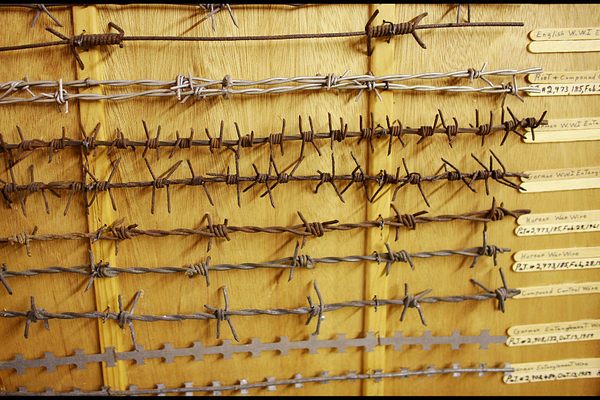




Follow us on Twitter to get the latest on the world's hidden wonders.
Like us on Facebook to get the latest on the world's hidden wonders.
Follow us on Twitter Like us on Facebook